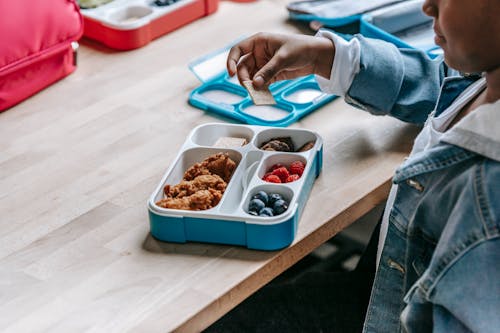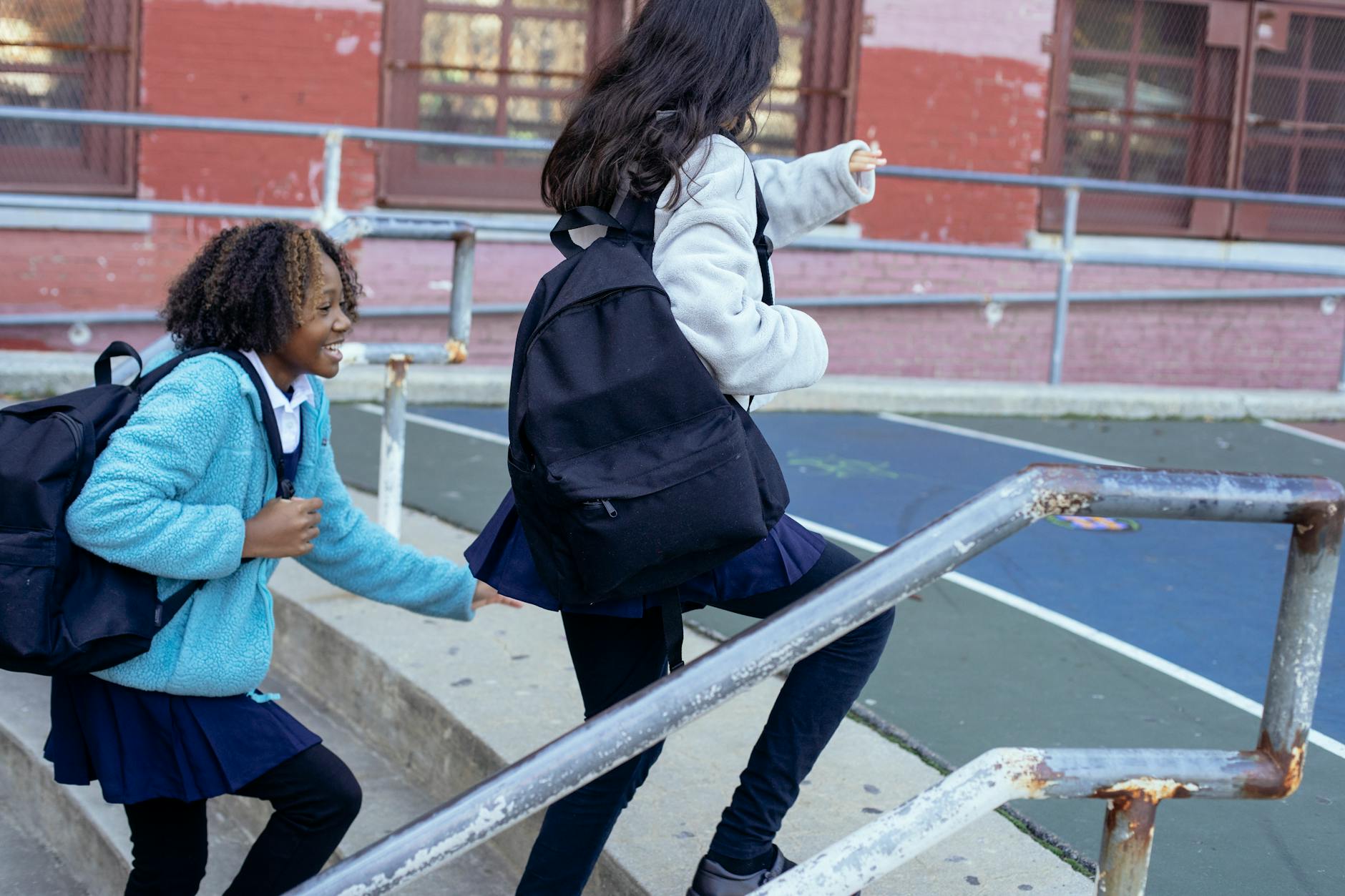What are some benefits that we can enjoy with good school nutrition services?
The National School Lunch Program, NSLP, was initially created as a way to further develop sustenance and secure the well-being of American youngsters. The program has become undesirable, be that as it may, among guardians and the general population all through the 60 or more years since its creation. To oblige arising wellbeing concerns like diabetes and hypertension in kids, Congress made far-reaching developments powerful in 2012 that further developed sustenance guidelines of the program by expanding entire These progressions provoked another vision for what food served in school cafeterias means for the wellbeing and execution of youngsters at school.
Expanded Nutrients

Since the NSLP gives 33% of Recommended Dietary Allowances (RDA) of protein, calcium, iron, Vitamin An and Vitamin C, youngsters who take part in the program are probably going to get a wide assortment of supplements. The School Nutrition Association calls attention to that snacks given through school snacks give more dairy, natural products, and vegetables in contrast with sack snacks from home. Truth be told, dinners served at school gave an incredible multiple times more servings of vegetables – an important wellspring of nutrients and different supplements – as per a review 2001 led by Dr. Alice Jo Rainville at Eastern Michigan University.
Better Decisions

The school cafeteria climate allows youngsters an opportunity to extend their sense of taste, test new food sources, and figure out how to settle on quality food decisions. Analysts at the Children’s Hospital of Philadelphia tried this thought in 2011, asking rudimentary and center school understudies to report all that they had during lunch in the school cafeteria. At the point when nutritious food varieties like natural products, vegetables, entire grains, and low-fat dairy were offered, the kids ate steadily – as long as they didn’t buy different things that contended with cafeteria contributions. As such, the accessibility of less-sound, individual things would in general diminish the by and large nourishing nature of school suppers. Scientists closed in case good food is presented in school cafeterias without rivalry from lousy nourishments, then, at that point, a solid school feast can direct youngsters’ decisions and shape their eating practices. On the other hand, admittance to undesirable food sources subverts solid school lunch decisions.
Further developed Attention

Key supplements given by school snacks might reinforce intellectual prowess. Iron-rich decisions, for example, meat and verdant green vegetables give iron, a mineral fundamental for oxygen transport and energy. Without satisfactory iron, youngsters foster iron-insufficiency paleness, a condition that can abbreviate the ability to focus in class. Not exclusively do youngsters with iron lack experience difficulty centering, they are likewise bound to become touchy and tired in the homeroom.
In 2012, specialists explored what other nourishment variables may mean for consideration deficiency/hyperactivity problems and learning inabilities. The Korean-based review, which was distributed in “Psychiatry Research” uncovered that youngsters who devoured bigger amounts of sweet, seared, and pungent food varieties were bound to experience the ill effects of learning, consideration, and social issues. Alternately, youngsters who devoured more vegetables and dairy items as a feature of a fair, solid eating regimen were more averse to displaying school-related social issues.
Upgraded Academics

This review and others referred to by Action for Healthy Kids, uphold the possibility that a solid school lunch might reinforce understudy grades as long as possible.





GIPHY App Key not set. Please check settings